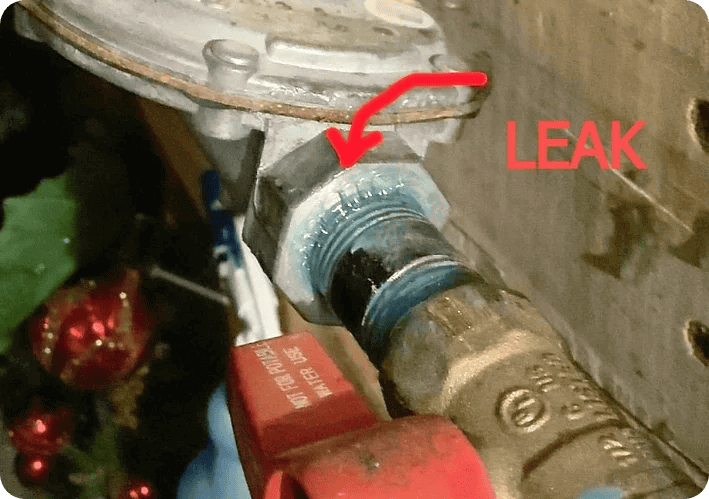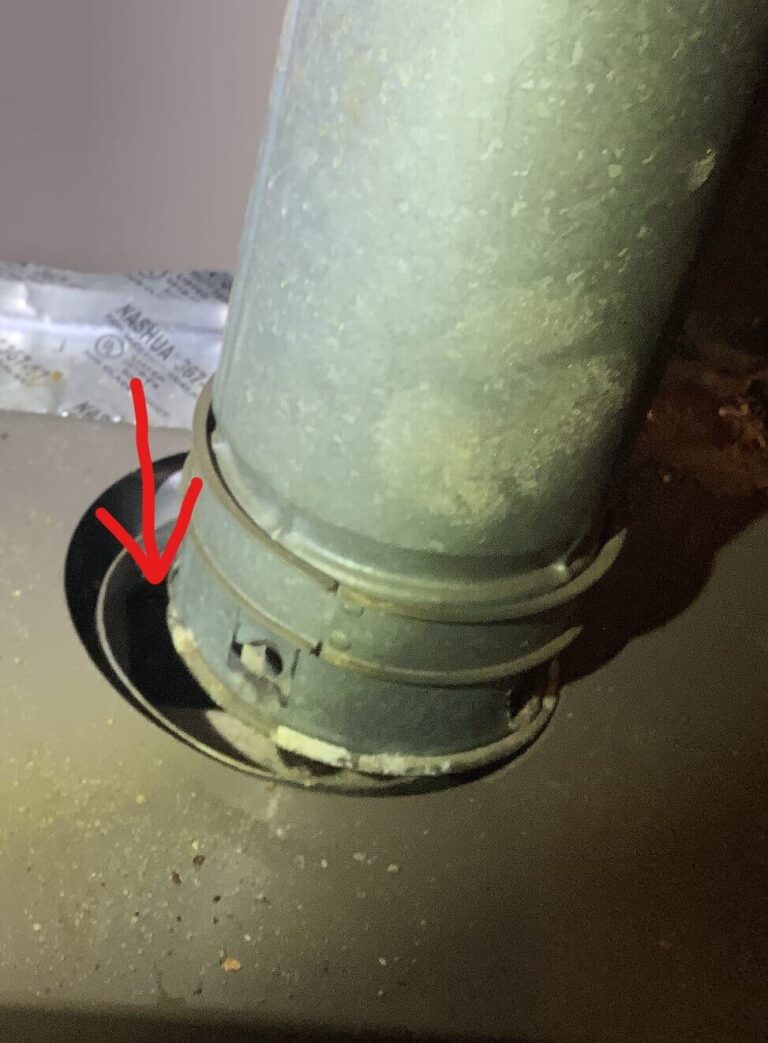Ductless mini split systems have rapidly gained popularity due to their energy efficiency, convenience, and versatility. One of the most frequent questions homeowners have when considering these systems is, “How much electricity does a mini split use?” One of the worst parts about using the HVAC system is seeing the energy bills start to rise, so we understand why everyone would want to know this before installing a ductless mini split system.
I have been working with mini splits for years now, and the technology keeps getting better and better. Before I got into the HVAC industry, I went to school for mechanical engineering, and have since also learned tons about installing, servicing, and repairing HVAC systems. With this combined knowledge and experience, I feel pretty comfortable helping homeowners make decisions about their HVAC systems, and which ones fit best for your home or business.

In this article, I’m going to walk you through how mini splits consume electricity, and show you why it’s generally a better and more energy-efficient way to heat and cool your home. We will go through:
- Measuring how much power a mini split uses
- Single-zone vs multi-zone
- Energy consumption by size
- How much energy a mini split uses on average
- How a mini split lowers your energy bill
- 5 Tips to run a mini split efficiently
This guide will help you understand the energy consumption of mini splits and provide you with tips on efficient usage. If you have any questions about a mini split for your home or business, give us a call or click on the button below to contact us online.
Measuring How Much Power A Mini Split Uses
Watts and Kilowatt Hours (kWh)
Before diving into the specifics of mini splits, it’s important to understand how electricity consumption is measured. Power consumption is typically measured in watts (W) or kilowatts (KW), while energy consumption is measured in kilowatt-hours (kWh). A 1000W device running for an hour will consume 1 kWh of energy. Thus, to determine how much power a mini split uses, you’ll often see the specification in watts or kilowatts, and its energy consumption will be in kWh.
Single Zone Vs. Multi-Zone
 A mini split system can be designed for a single zone or multiple zones. Single zone systems have one indoor unit paired with one outdoor unit, and they condition air in one specific area. Multi-zone systems, however, have multiple indoor units paired with a single outdoor unit, allowing for individual temperature settings in different areas.
A mini split system can be designed for a single zone or multiple zones. Single zone systems have one indoor unit paired with one outdoor unit, and they condition air in one specific area. Multi-zone systems, however, have multiple indoor units paired with a single outdoor unit, allowing for individual temperature settings in different areas.
Generally, multi-zone systems tend to use more electricity since they cater to larger areas. However, they offer increased energy savings since individual rooms can be conditioned as needed.
With a traditional HVAC system, there is one thermostat, and one system that heats or cools the entire home. This means that rooms you aren’t using, like bedrooms or basements, would be receiving the same amount of air as the living room and kitchen that you are using. This is a waste of energy.
When you designate different zones to different mini splits, they can operate at different temperatures. Maybe you have the living room mini split at 72 degrees, and in the rooms you aren’t using you can have the mini splits shut off, or running at a less intense setting. Not only does this save you money and energy, but it also helps customize comfort. If different zones can be treated differently, people around the home don’t have to argue over the thermostat setting!
Energy Consumption by Size
The size of a mini split, typically indicated by its BTU rating, plays a significant role in how much energy it uses:
- 9,000 BTUs: On average, a mini split with this capacity can consume between 500 to 750W.
- 12,000 BTUs: These units can consume between 800 to 1,200W.
- 18,000 BTUs: Larger units like these tend to consume between 1,500 to 2,000W.
However, energy-efficient models might use even less electricity than these estimates. Mini splits have different ranges of energy consumption based on how efficient they are. The SEER (Seasonal Energy Efficiency Ratio) Rating will tell you how energy efficient your HVAC system is. The higher the SEER rating, the more efficient your system will operate!
How Much Energy A Mini Split Uses: Averages
Winter
In winter, when used for heating, a mini split operates differently due to the defrost cycle and maintaining indoor temperatures. For a 12,000 BTU unit, you can expect an average consumption of 10-15 kWh per day, depending on the outdoor temperature and desired indoor warmth.
Summer
During summer, the same 12,000 BTU unit, when used for cooling, can consume between 8-12 kWh per day, contingent on outdoor temperatures and the indoor settings.
How a Mini Split Lowers Your Electric Bill
Mini split electric bill savings are often cited as a major advantage of these systems. By design, ductless mini splits avoid the energy losses associated with ductwork in traditional HVAC systems. Such losses can account for up to 30% of energy consumption, especially if the ducts are in unconditioned spaces like attics.
What happens is, over years ductwork can get knocked around, maybe start leaking air, and then all of a sudden you have spaces in the home that don’t get comfortable. Or your HVAC system has to work harder, using more energy to compensate.
Furthermore, the ability to condition individual zones means you don’t waste energy cooling or heating rooms that are unoccupied, as we mentioned above.
They also use a heat transfer process that consumes less energy than a traditional heating or air conditioning system.
5 Tips: Most Efficient Ways to Run a Mini Split
There are a few little tips and tricks to making sure your HVAC system is running efficiently, and a few things you can do around the house to make sure it’s not working harder than it has to.
 Proper Sizing and Placement
Proper Sizing and Placement
The most efficient way to run a mini split starts with proper sizing. An undersized unit will work harder, consuming more energy. Conversely, an oversized unit may frequently turn on and off, leading to inefficiencies. Most people think bigger is better, but the truth is that more efficient is better in this case. Choose the proper size, with the best efficiency.
Placement also matters; the unit should be away from direct sunlight or obstructions. Your HVAC contractor should be able to help you choose the place that is the most operationally sound, and aesthetically pleasing.
Regular Maintenance
Ensure filters are clean and free of dust. Schedule professional maintenance at least once a year to ensure the system operates at peak efficiency. If you go seasons without having regular maintenance performed on your mini split, it will lead to poor air quality, and less efficient operation. It will also shorten the lifespan of your system.
Smart Apps and Optimal Settings
Many mini splits come with smart apps that allow for optimal temperature settings and scheduling. Use these apps to maximize efficiency and match your usage patterns. You can also program a schedule on your mini splits, so that when no one is home they know to go into low power mode, saving you energy and money.
Home Energy Audit
A home energy audit can identify areas of your home that may be causing energy inefficiencies. Addressing these areas can reduce the load on your mini split and reduce energy consumption.
It’s normally around creases in the home, windows, doors, etc. A trained professional will be able to look at your home, and determine what steps to take to make it more energy efficient. Usually sealing cracks, adding insulation, and replacing old windows and door frames helps keep the home tight, comfortable, and energy efficient.
Keep Units Clear
Ensure both indoor and outdoor units are clear of obstructions, allowing for free airflow and optimal performance. For the outdoor condenser unit, sometimes leaves and sticks can make their way into it, preventing it from running smoothly. Clear that stuff out and make sure your system has nothing gumming up the works.
For the indoor unit, make sure you aren’t stacking things in front of it. Sometimes if it’s by a shelf, people forget that it needs to distribute air throughout the entire space, and stack stuff in front of it. Keep the space directly around the mini split clear. This is usually a pretty easy task.
If you are interested in a mini split installation in Brevard, NC for your home or business, give us a call or click on the button below to visit us online. We have been installing, servicing, and repairing ductless mini splits for years, and it’s one of our favorite HVAC systems out there. We can assess your space, and let you know what system best fits your needs.
Mini Split Power Usage FAQs
We have installed a WHOLE bunch of ductless mini splits, and here are some of the questions we hear the most!
Does a mini split use a lot of electricity?
While the amount of electricity a mini split uses is contingent on its size and usage patterns, in general, they are designed to be energy-efficient and can often lead to savings on your energy bill. The tend to use less energy than a traditional air conditioner.
Should I turn my mini split off at night?
It depends on your comfort preferences. If the temperature remains consistent, you can adjust the settings or use sleep mode, which adjusts temperatures gradually, using less energy. It all depends on what you prefer.
What temperature should I set my mini split?
For cooling, 78°F (25.5°C) is recommended when at home and awake. For heating, 68°F (20°C) is suggested while you’re at home and awake. Adjustments can be made for sleep or when away. These are the spots that optimize comfort and energy savings.
In the end, mini splits tend to use less energy than most other HVAC systems available. Between the way they operate, and the ability to zone the system, it will almost certainly lead any home on a path to less energy consumption and lower energy bills!





